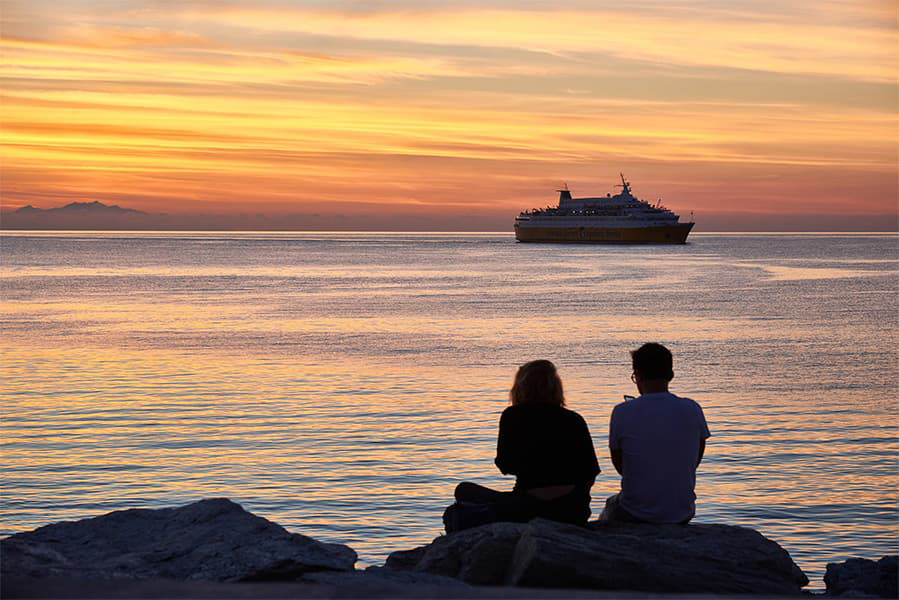Kapellskar – Turku
Ferries to Finland
Kapellskar – Turku
Ferries to Finland

The Kapellskar Turku ferry route is currently not sailing. Kapellskar Turku sailing durations and frequency may vary from season to season. View our Deal Finder for alternative routes and compare prices, times and schedules.
More routes than anyone else.

Compare fares, times & routes in one place.
Change plans easily with flexi tickets.

Book e-tickets & manage trips in-app.
Live ship tracking & real-time updates.

Top-rated customer support when you need it.
| Kapellskar - Turku Route summary | ||
|---|---|---|
| Departure Country | Sweden | |
| Destination Country | Finland | |
| No. of Operators | 1 | |
| Operators | Tallink Silja | |
| Average Price | A$214* | |
| Average Weekly Sailings | 5 | |
| Average Sailing Duration | 8h 30m | |
| First Ferry | 07:00 | |
| Distance | 193 nautical miles | |
* Prices subject to change, pricing is taken from last 30 days, last updated 2024-08-12.
The Swedish town and port of Kapellskar is located on the Baltic Sea coast, around 90 km to the north of Stockholm. The town is in Norrtalje Municipality which is in Stockholm county in east central Sweden. The municipality was created in 1971 through the amalgamation of several former municipalities and is now the largest and northernmost municipality in Stockholm County. Many of the houses in the region are summer cottages, only inhabited during summertime. This is due to its geographical location by the Stockholm archipelago, which makes it popular among Stockholmers and tourists.
It is the most northern port in "the ports of Stockholm" and is an important port for both passengers and cargo departing to destinations in Finland, Norway, Russia and the Baltics. The port is popular because it has a very short approach which makes it ideal for fast sailings and turnarounds.
The Finnish city of Turku is Finland's oldest and was at one time in its history the Finnish capital, although it is now the country's fifth largest city. Little remains of the city's medieval past but through its museums the city has been able to retain a strong sense of its past with a number of archaeological exhibits on display. The summertime in Turku is a popular time to visit when the natural tendency is for people to gather around the banks of the River Aurajoki, on the many boats moored in the centre of the city, and also along the lively harbour front. The central market square of Kauppatori is also a hub of activity in Turku and plays an important part in local tourism and for the city's residents. Perhaps the most popular, and eye catching, attraction in the city is the 13th century Turku Castle, complete with its two dungeons but there is also Turku Cathedral which is regarded as one of the most important churches in Finland and contains a number of interesting chapels.